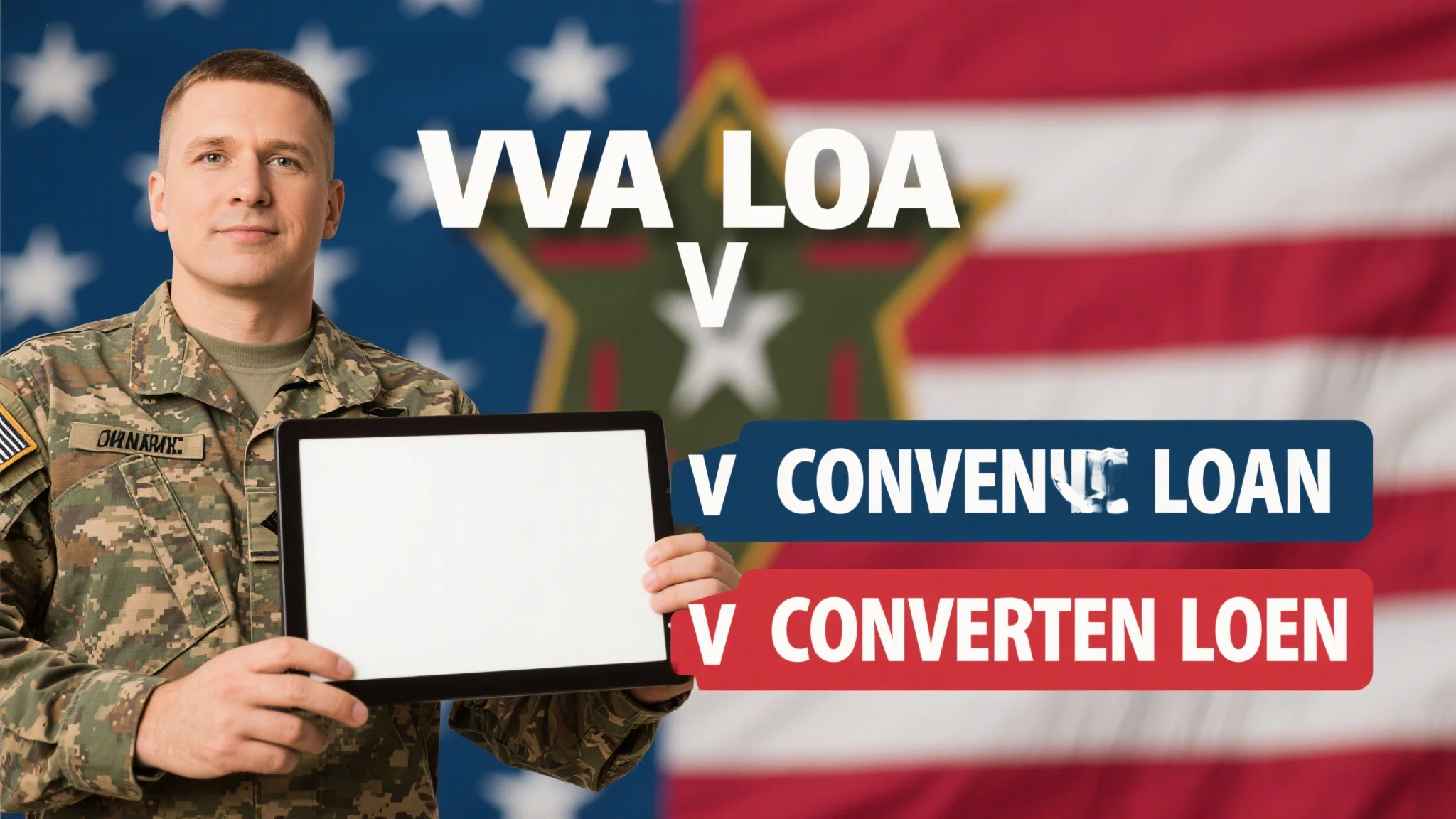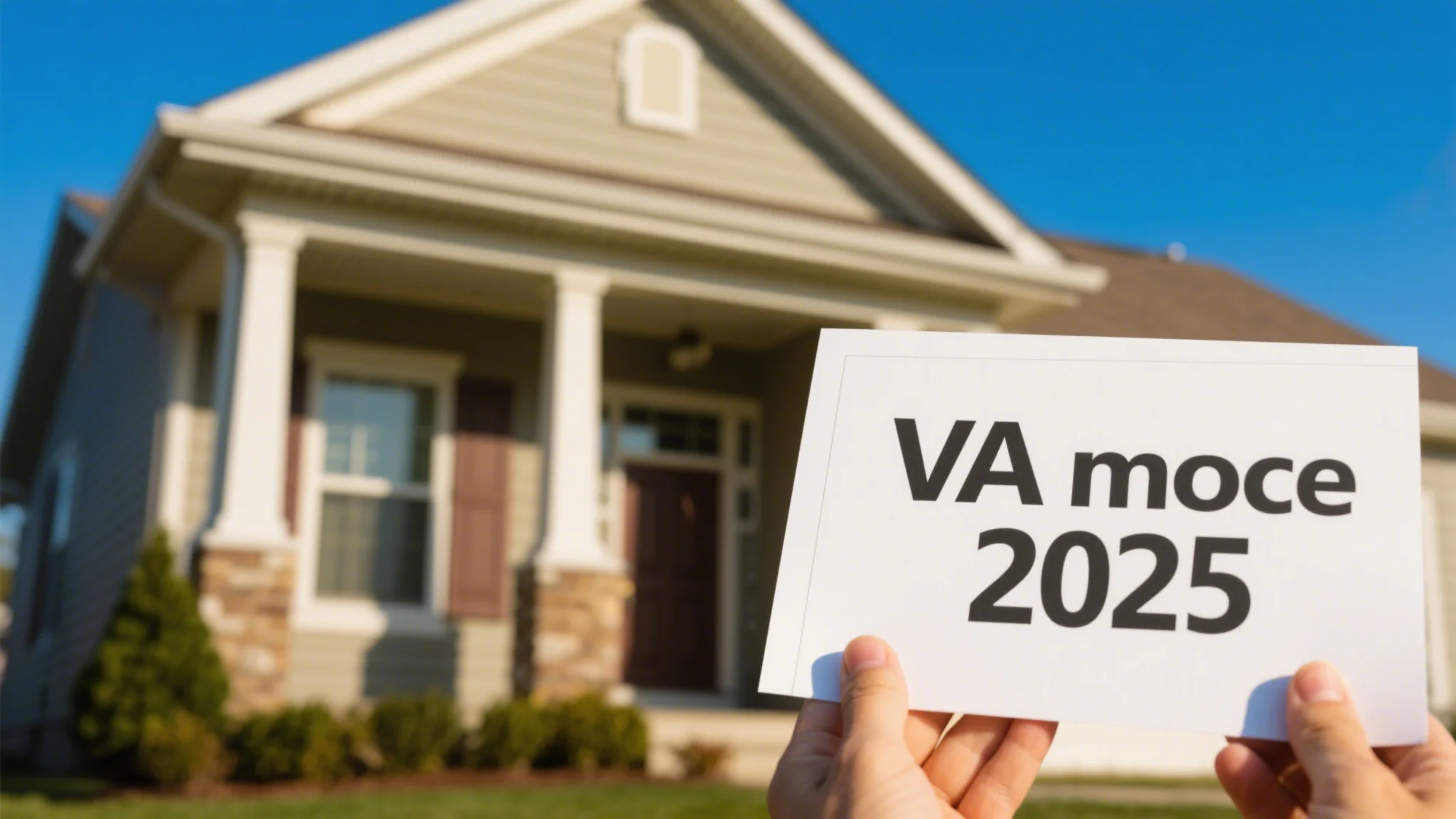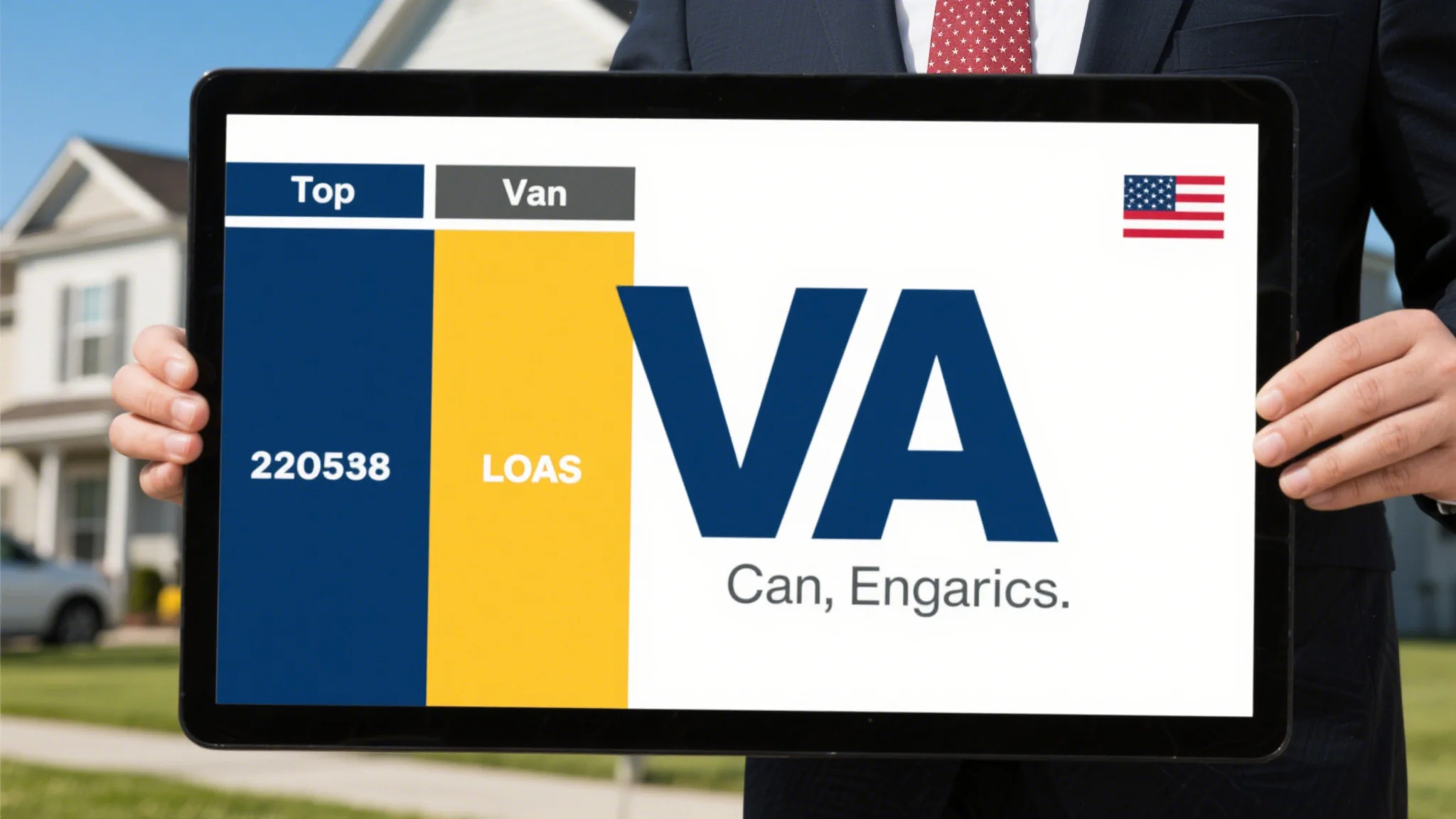When it comes to buying a home, getting pre-approved for a VA mortgage is one of the most important steps you can take. A VA mortgage, or Veterans Affairs loan, is a home loan program that provides financial assistance to eligible military service members, veterans, and their families. Unlike traditional mortgages, VA loans offer unique benefits, such as no down payment and more lenient credit requirements. However, to take advantage of these benefits, you need to get pre-approved for a VA mortgage.

What is VA Mortgage Pre-Approval?
Pre-approval is a process where a lender evaluates your financial situation and determines how much money you qualify to borrow. This process gives you a clear idea of your budget and helps you narrow down your home search. It also strengthens your offer when you find a home because it shows sellers that you’re serious and financially prepared.
Who Qualifies for a VA Mortgage?
VA loans are available to eligible military service members and veterans, including:
Active-duty service members
Veterans who served at least 90 consecutive days of active duty during a qualifying period
Members of the National Guard or Reserves who meet certain criteria
Surviving spouses of eligible veterans
If you’re unsure about your eligibility, you can visit the VA website or consult with a VA loan officer to verify your status.
Benefits of Getting Pre-Approved for a VA Mortgage
No Down Payment: VA loans allow you to buy a home with zero down payment, making homeownership more accessible.
Flexible Credit Requirements: VA loans have more lenient credit criteria compared to conventional loans, even if you have a limited credit history.
Competitive Interest Rates: Pre-approval helps you secure a fixed interest rate, protecting you from market fluctuations.
Stronger Negotiating Position: With pre-approval, you can make a stronger offer on a home, giving you an edge in competitive markets.
Steps to Get Pre-Approved for a VA Mortgage
1. Assess Your Financial Readiness
Before you start the pre-approval process, take a honest look at your finances. Calculate your income, savings, and debts. This will help you determine how much home you can afford and ensure you meet the VA’s financial requirements.
2. Gather Necessary Documents
To get pre-approved, you’ll need to provide several documents to the lender. These typically include:
Proof of income (pay stubs, tax returns, or W-2 forms)
Bank statements to verify savings and assets
Credit history (a credit check will be performed)
Military paperwork (DD-214 or other relevant documents)
Employment verification
3. Choose a VA-Approved Lender
Not all lenders offer VA loans, so it’s important to work with a VA-approved lender. These lenders are specially trained to handle VA loans and understand the unique requirements. You can find a list of VA-approved lenders on the VA website or by asking for recommendations.
4. Complete the Application
Once you’ve selected a lender, you’ll complete a mortgage application. Be prepared to provide detailed information about your income, debts, and financial history. The lender will then review your application and determine your eligibility and loan amount.
5. Undergo Financial Evaluation
The lender will evaluate your financial situation, including your creditworthiness, debt-to-income ratio (DTI), and employment stability. While VA loans are more flexible, it’s still important to have a stable financial profile to qualify for the best terms.
6. Receive Your Pre-Approval Letter
Once the lender approves your application, you’ll receive a pre-approval letter. This letter outlines the loan amount you qualify for and is typically valid for 120 days.
Understanding the VA Loan Process
1. VA Loan Limits
VA loans have funding limits, which vary by county. These limits determine the maximum amount you can borrow. In most counties, the limit is $484,350 for a single-family home (as of 2023). However, in high-cost areas, the limit may be higher.
2. VA Loan Types
VA loans come in two main types:
Conventional VA Loans: These are for homes that will be your primary residence.
VA Streamline Refinances: If you’re already a VA loan holder, this option allows you to refinance your loan at a lower interest rate.
3. VA Funding Fee
VA loans require a one-time funding fee, which is paid at closing. This fee varies based on your military status, loan amount, and down payment. While it can seem like an additional cost, it’s a small price to pay for the benefits of a VA loan.
4. Locking in Your Rate
Once you’re pre-approved, you can lock in your interest rate for a specified period (usually 30, 45, or 60 days). This protects you from rising interest rates and ensures your monthly payments remain stable.
After Pre-Approval: Finding Your Home
With your pre-approval letter in hand, you’re ready to start shopping for a home. Work with a real estate agent who has experience with VA loans to make the process smoother. When you find a home you love, your agent will help you make an offer, often using the pre-approval letter to strengthen your position.
Once you’ve selected a home and the seller accepts your offer, you’ll move forward with the closing process. This involves finalizing the loan terms, completing a home inspection and appraisal, and signing the necessary documents.
Tips for Maintaining Your VA Loan Eligibility
Keep Your Financial Records Updated: If your income or employment status changes, notify your lender immediately.
Avoid Unnecessary Debt: High levels of debt can affect your eligibility and loan terms.
Communicate with Your Lender: If you encounter any issues during the process, don’t hesitate to reach out to your lender for guidance.
Common Mistakes to Avoid
Not Checking Your Credit: A poor credit score can impact your eligibility and interest rates. Check your credit score well in advance of applying.
Ignoring Loan Limits: Don’t assume you can borrow more than the funding limit for your area.
Delaying the Process: Delays can cause your pre-approval to expire, so keep communication open with your lender and agent.
Getting pre-approved for a VA mortgage is a smart move for any eligible service member, veteran, or family member. It simplifies the homebuying process, provides financial flexibility, and offers unique benefits that can make homeownership more attainable. By following the steps outlined in this guide and working with a reputable VA-approved lender, you’ll be well on your way to securing the home of your dreams.
Remember, the VA mortgage process is designed to help those who have served our country, so take advantage of the benefits and enjoy the journey to homeownership.
This concludes the two-part guide on how to get pre-approved for a VA mortgage.



